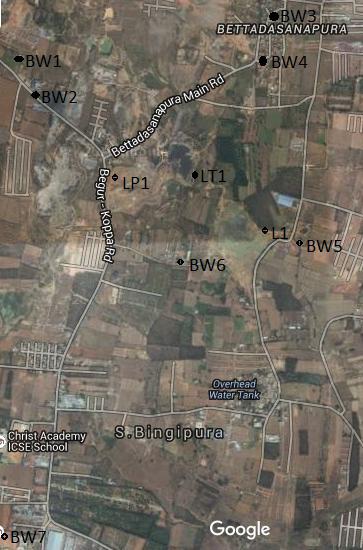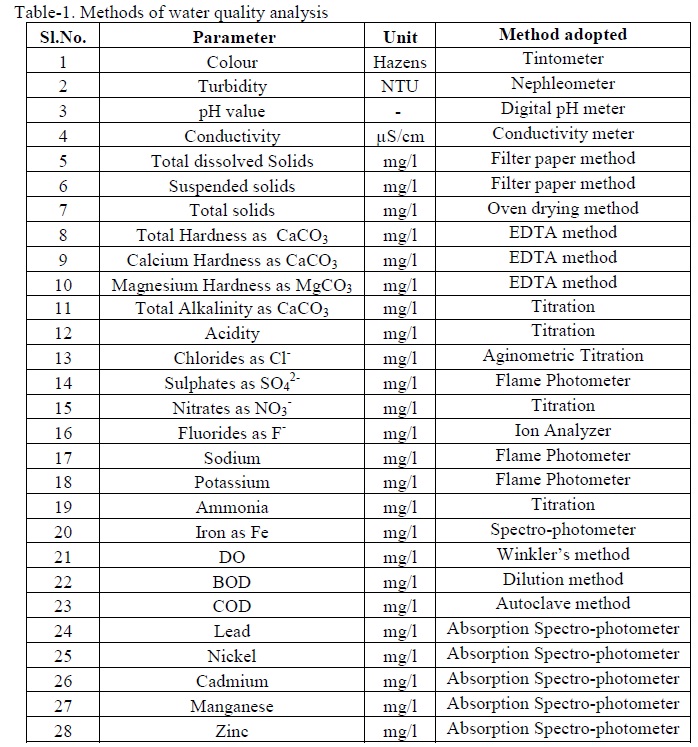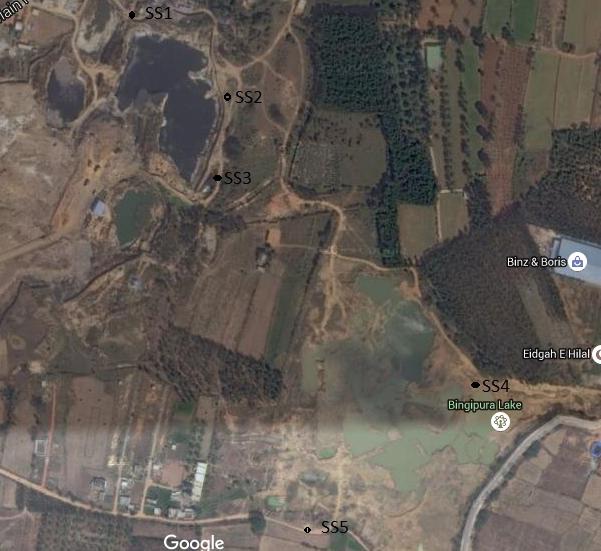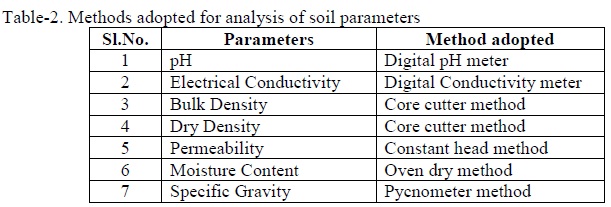





Published on Nov 30, 2023
Human activities create waste, and the ways in which the waste is handled, stored, collected, and disposed off can pose risks to the environment and to public health. Solid waste management (SWM) includes all activities that seek to minimize the health, environmental, and aesthetic impacts of solid waste.
One of the most common and important method of disposal of solid waste is sanitary land filling. In this method of refuse disposal, refuse is carried and dumped into low lying areas called landfill sites, under engineered operation, designed and operated in an environmentally sound manner. Solid wastes deposited in landfills undergo decomposition and produces leachate that can contaminate underlying groundwater and surrounding water bodies. Apart from leachate, gases such as methane and carbon dioxide are also formed due decomposition of waste. Methane gas is explosive in nature and CO2 is readily soluble in water. Thus it is of extreme importance to control the movement of these gases.
Leachate is a viscous black liquid formed due to water percolating through solid waste and has extracted dissolved and suspended materials. The water is from external sources such as surface drainage, rainfall, ground water and water from underground springs and liquid produced from decomposition of solid waste. Due to exothermal processes inside the landfill, the temperature of the leachate is usually higher than typical groundwater in the area. Landfill leachate is usually quite turbid, has a very strong odour and a brownish black colour. This leachate percolating through the soil strata contaminates the ground water and the water bodies surrounding the landfill site causing a potential risk to public health and the environment. Untreated leachate is a hazard to the environment if it is allowed to enter water body. Hence this study is aimed at evaluating the extent of effect of leachate on the water bodies in and around the landfill site.
Keywords : Water-bodies, Solid waste, Landfills, Leachate, Infiltration
The present study has been attempted to conduct a detailed study on assessment of quality of water bodies surrounding S.Bingipura landfill site to fulfill the following objectives:
1. To characterize the leachate present at site
2. To study the effect of leachate on the surrounding water bodies.
3. To determine BOD5/COD ratio and hence determine the age of landfill.
4. To determine the nature of municipal waste present at site.
5. To determine the nature of soil around the landfill site.
Water sampling programme was conducted both for surface and ground water quality surrounding the study site; also samples of leachate were taken for characterizing it. Samples of leachate were collected from the landfill site, to determine the quality of the leachate. The site has neither any bottom liner nor any leachate treatment system. The leachate is however collected by means of proper collection system.

About 2 litres of each samples was collected in clean sterilized polythene bottles and they are analyzed for their physical and chemical composition in Environmental Engineering Laboratory, TJIT, Bangalore. Fig-1. represents the water sampling locations of the study site.
In the present study water quality parameters mentioned in Table-1 were analyzed for the collected leachate, lake and ground water samples using standard methods.

For studying the soil profile, sampling locations were selected to assess the existing site conditions near the study area.

Five soil samples are collected from study site by hammering Core cutter into soil and then transferring it carefully into polythene bags and analyzed for their physical and chemical characteristics in Geotechnical Laboratory, TJIT, Bangalore. Fig-2. shows the sampling locations on a map. Table-2. shows the different tests conducted and the standard methods adopted for testing.

1. Indiscriminate dumping of municipal solid waste without proper solid waste management practices should be stopped or some remedial measures have to be adopted to prevent contamination.
2. Leachate management can be achieved through effective control of leachate generation, its treatment and subsequent recycling throughout the waste.
3. Continuous monitoring of ground water samples is required to know the effect of leachate on the ground water quality.
4. Various methods of treatment can be adopted to treat the leachate before disposal into inland surface waters, sewers or land disposal. The method being followed by the BBMP includes the usage of a strong disinfecting agent, aerated using fans.
5. Since it has been seen that landfilling activity in the quarry site of S.Bingipura, the extent of ground water pollution is less, landfilling can be adopted in quarry sites after appropriate geological investigations.
1. The study was conducted during the period of January 2016 to April 2016. The objectives of the present study aims to characterize the leachate present at site, study its effects on the surrounding water bodies, determine the age of leachate, determine the nature of municipal waste present at site and determine the nature of soil around the landfill site.
2. Leachate sample of S.Bingipura landfill has shown high concentration of organic and inorganic constituents. Heavy metals concentration was in trace only indicating that the waste dumped is predominantly municipal waste. The traces present may be due to solid wastes like batteries, consumer electronics, light bulbs, etc. The measured leachate samples would need an appropriate treatment strategy to reduce the pollutants to a satisfactory level prior to discharge into receiving system.
3. The age of the landfill has a significant effect on leachate composition. In older landfills, the biodegradable fraction of organic pollutants in the leachate decreases as an outcome of the anaerobic decomposition occurring in the landfill. The leachate analysis indicates that the landfill is 5-10 years old (Intermediate aged landfill).
4. The surface water sample is found to have significantly high salinity and alkalinity as reflected in their values for conductivity, TDS, alkalinity and pH. Hence indicating that the surface water body is polluted.
5. Test result on ground water concludes that there is small amounts of pollution present in certain bore well samples which are on the downstream side. The Analysis of the soil samples around the site shows that the soil has moderate permeability.